Flotation machines are important equipment in the mineral separation process and can be used in metal mines, non-metal mines, coal mines and other industries. Flotation machines can be divided into different types according to their working principles and operating methods. Each type of flotation machine has unique advantages and applicable scenarios. Choosing the right flotation machine equipment can improve flotation efficiency and optimize the mineral processing process. This article will give you a detailed introduction to the classification, working principle, operating procedures and daily maintenance of flotation machines to help you further understand flotation machines.
Use the table of contents below to navigate through the guide:
01Classification and common types of flotation machines
According to the different aeration and stirring methods of the flotation machines, flotation machines can be divided into mechanical agitation flotation machines, compressed air flotation machines and mixed flotation machines.
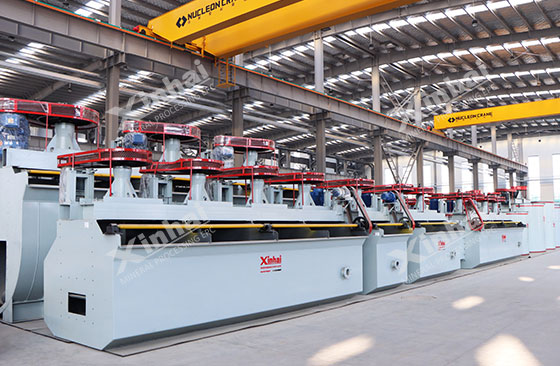
Mechanical agitation flotation machines: It is a type of flotation machine often used in flotation plants because it can adapt to a variety of ores and flotation environments. This type of flotation machine has the advantages of simple structure and easy operation. According to the different aeration methods, mechanical agitation flotation machines can be divided into impeller flotation machines, rotary rotor flotation machines and spiral flotation machines.
Compressed air flotation machines: The aeration and stirring of the slurry are completed by pressing compressed air into the slurry through an external blower. Compared with mechanical agitation flotation machines, compressed air flotation machines have lower energy consumption and are often used in mineral processing processes with lower requirements for aeration and stirring.
Mixed flotation machines: It combines the advantages of mechanical agitation and compressed air flotation machines. Its impeller and rotary rotor are responsible for the aeration and stirring of the slurry, and the external blower can provide additional compressed air to enhance the flotation effect. Hybrid flotation machines are usually used in scenarios with higher requirements on flotation indicators.
02Working principle and operation of impeller flotation machines
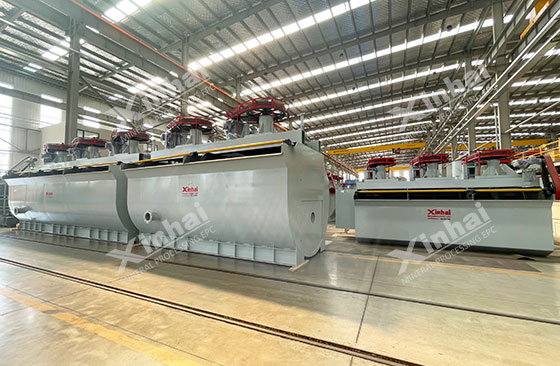
Working principle: The slurry enters the top of the impeller through the slurry inlet pipe, and the centrifugal force generated by the rotation of the impeller will throw the slurry into the tank. Negative pressure is formed under the impeller cover, and the air inlet pipe automatically inhales air. The inhaled air and slurry are mixed at the top of the impeller and enter the tank, forming a continuous negative pressure-inhalation cycle. Add reagents to the slurry, and the floating minerals adhere to the bubbles and float to the surface to form a foam layer. The foam is scraped off by the scraper to obtain the concentrate. The unfloated minerals and gangue minerals will enter the next flotation tank through the gate on the side wall of the tank to complete multi-stage flotation.
The operating procedures of the impeller flotation machines include checking and starting the equipment to ensure uniform slurry feeding and stable air intake. It is necessary to observe the thickness and stability of the foam layer, and adjust the slurry liquid level and gate opening. At the same time, monitor the state of the flotation foam, remove impurities in the foam in time, and ensure the stability of the foam layer.
03Maintenance and test run of flotation machines
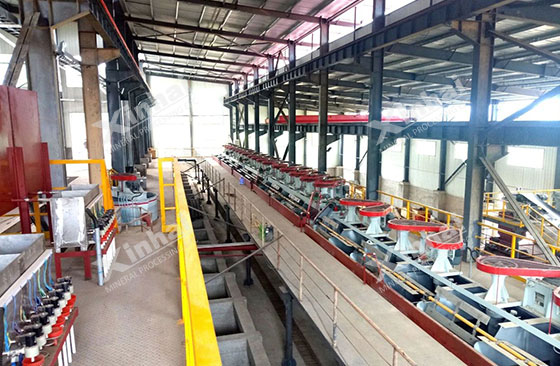
1. Preparation before maintenance
- Clean the flotation tank: remove the sediment and debris in the flotation tank to ensure that the channel is unobstructed during flotation.
- Check the components: Before flotation, check whether the impeller, stator, bearing, drive belt and motor are normal, determine whether there are loose or damaged parts, and replace them in time.
2. Flotation machine test run
- Empty car test run: Run the equipment without adding water and slurry, check and observe the stability of the equipment operation, and ensure that there is no abnormal sound or vibration.
- Water test run: Add clean water to run the equipment, observe the size of the circulation hole and the stirring of the impeller, and adjust the size of the circulation hole appropriately.
- Feed test run: Gradually add slurry to the water, observe the operation of the flotation equipment, ensure that the slurry flows evenly, and the impeller rotates normally.
04Daily inspection and maintenance of flotation machines
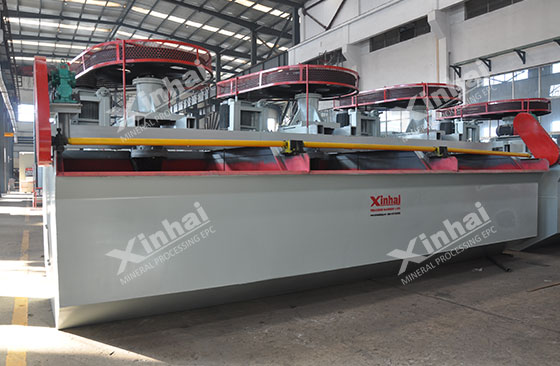
1. Check the bearing temperature. The normal operating temperature should not exceed 35℃ and the maximum should not exceed 65℃.
2. Check the tightness of the transmission belt regularly. If the belt is damaged, it needs to be replaced in time. The belt length and model should be consistent.
3. Check the seal of the bearing body to ensure that the lubricating grease does not enter the slurry to avoid reducing the flotation effect.
4. Check the amount of lubricating oil regularly and add it in time to avoid dry grinding of the flotation equipment.
5. Clean the debris in the tank regularly to prevent blockage or interference with flotation operation.
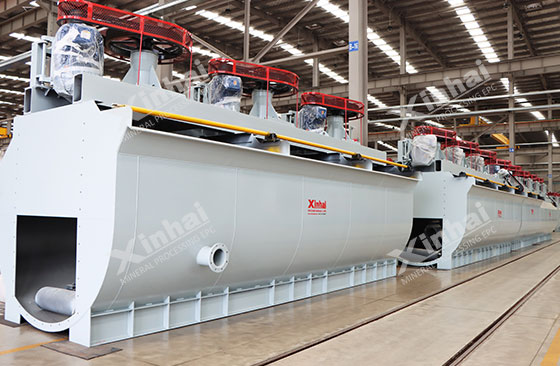
The above is a brief introduction to the content of flotation equipment. The flotation machine plays an important role in the mineral sorting process. The mechanical stirring flotation machine is the preferred equipment of the flotation plant because of its wide adaptability and simple operation. In order to ensure the efficient operation of the flotation machines, daily operation and regular maintenance are very important. Strengthening daily inspections and doing a good job of maintenance can extend the service life of the flotation machines and ensure the efficiency and stability of the flotation process.


 marketing@ytxinhai.com
marketing@ytxinhai.com  0086 13810327080
0086 13810327080 






































































































 CHAT
CHAT MESSAGE
MESSAGE







